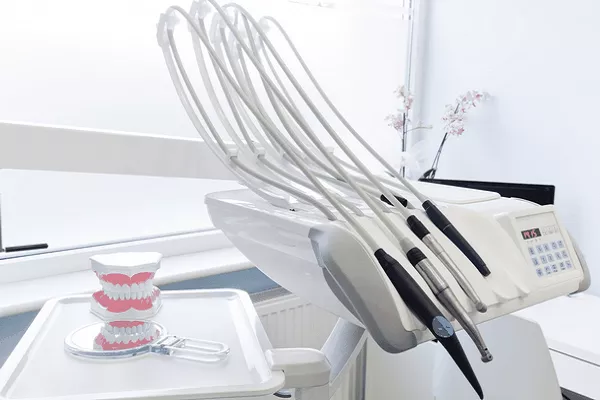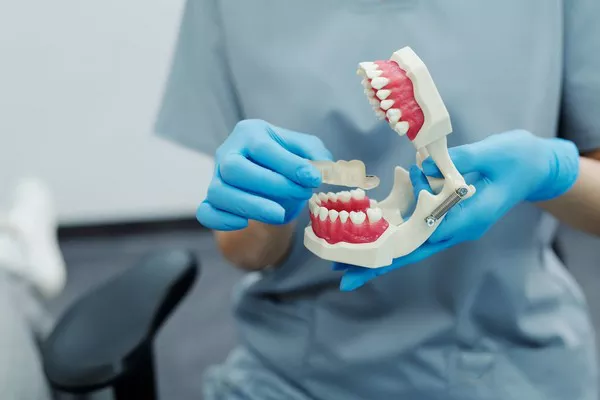Scaling and root planing is a common dental procedure used to treat gum disease. While the procedure can be effective, many patients are concerned about potential pain or discomfort. In this article, we will explore how painful scaling and root planing is.
What is Scaling and Root Planing?
- Scaling
This procedure involves removing plaque and tartar buildup from the surface of the teeth and along the gumline using a dental scaler.
- Root planing
This procedure involves smoothing out the surface of the tooth roots to remove bacteria and prevent further plaque buildup.
Potential Pain During Scaling and Root Planing:
- Discomfort
Scaling and root planing can cause mild discomfort or sensitivity, especially if the patient has sensitive teeth or gums.
- Local anesthesia
In some cases, local anesthesia may be used to numb the area and reduce pain during the procedure.
Post-procedure pain: After the procedure, patients may experience some pain or discomfort as the gums heal and adjust to the new level of cleaning.
Tips for Managing Pain During Scaling and Root Planing:
- Communication
Be sure to communicate any concerns or discomfort to your dentist or dental hygienist before and during the procedure.
- Local anesthesia
If you are experiencing significant pain, ask your dentist or dental hygienist if local anesthesia is an option.
- Pain management
Over-the-counter pain relievers such as ibuprofen or acetaminophen can help manage post-procedure pain. Additionally, applying ice to the affected area can help reduce swelling and discomfort.
Scaling and root planing can be an effective treatment for gum disease, but it is important to understand and manage potential pain or discomfort. By communicating with your dental team and following pain management tips, patients can experience a more comfortable and successful scaling and root planing procedure.
































